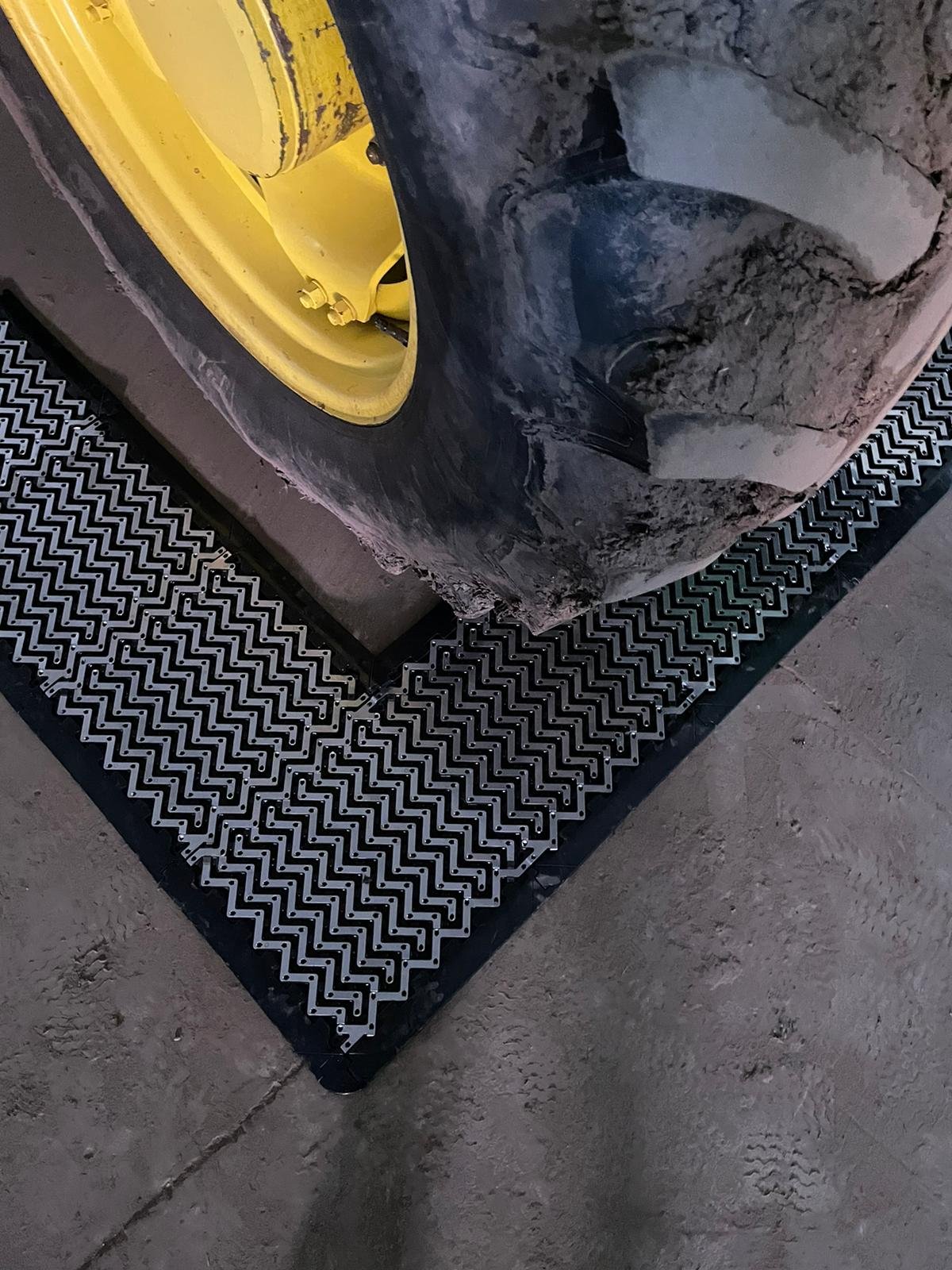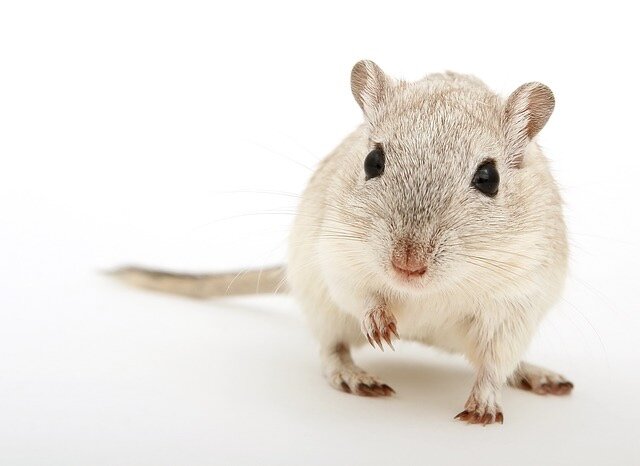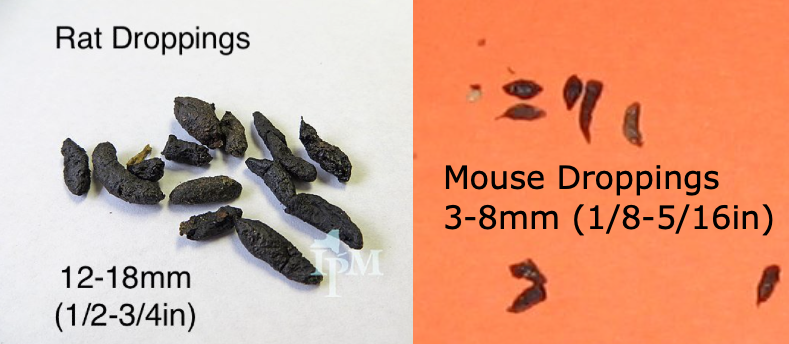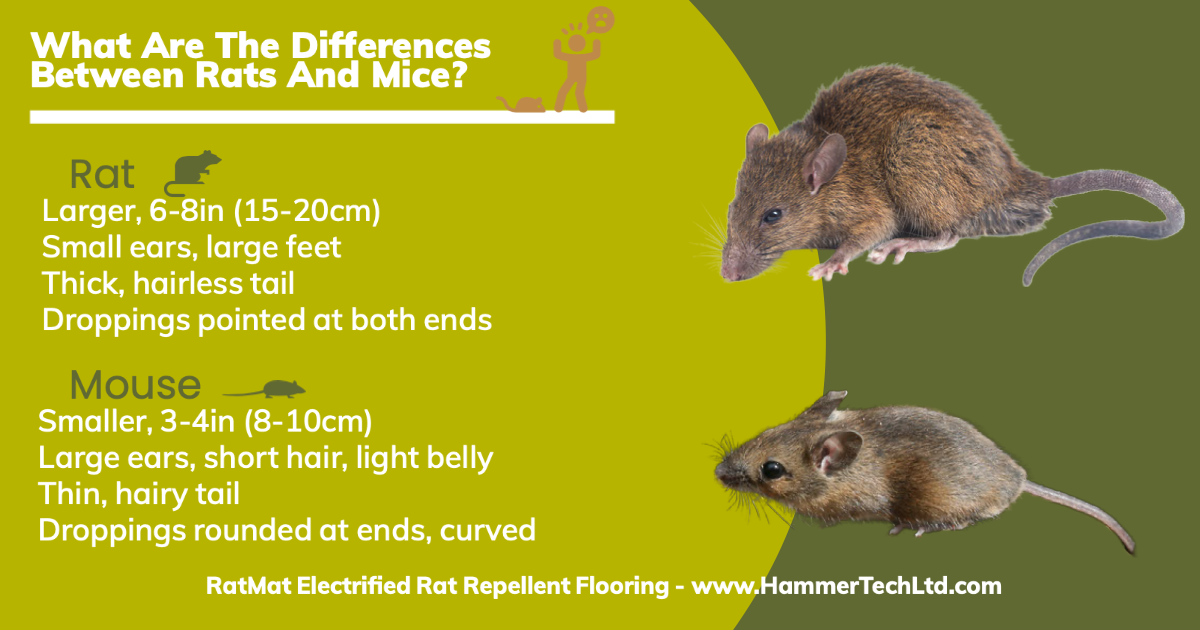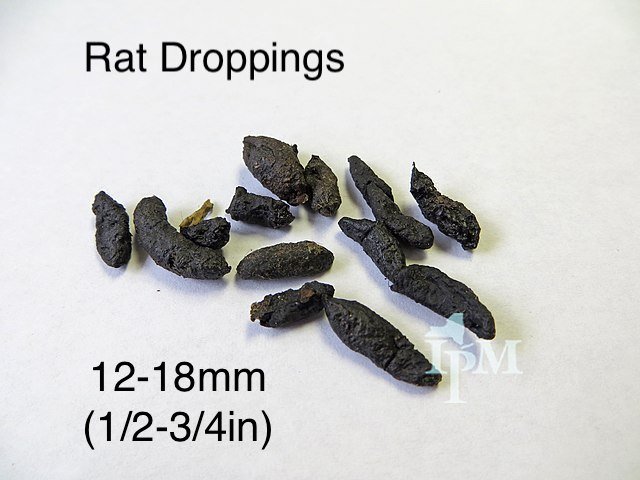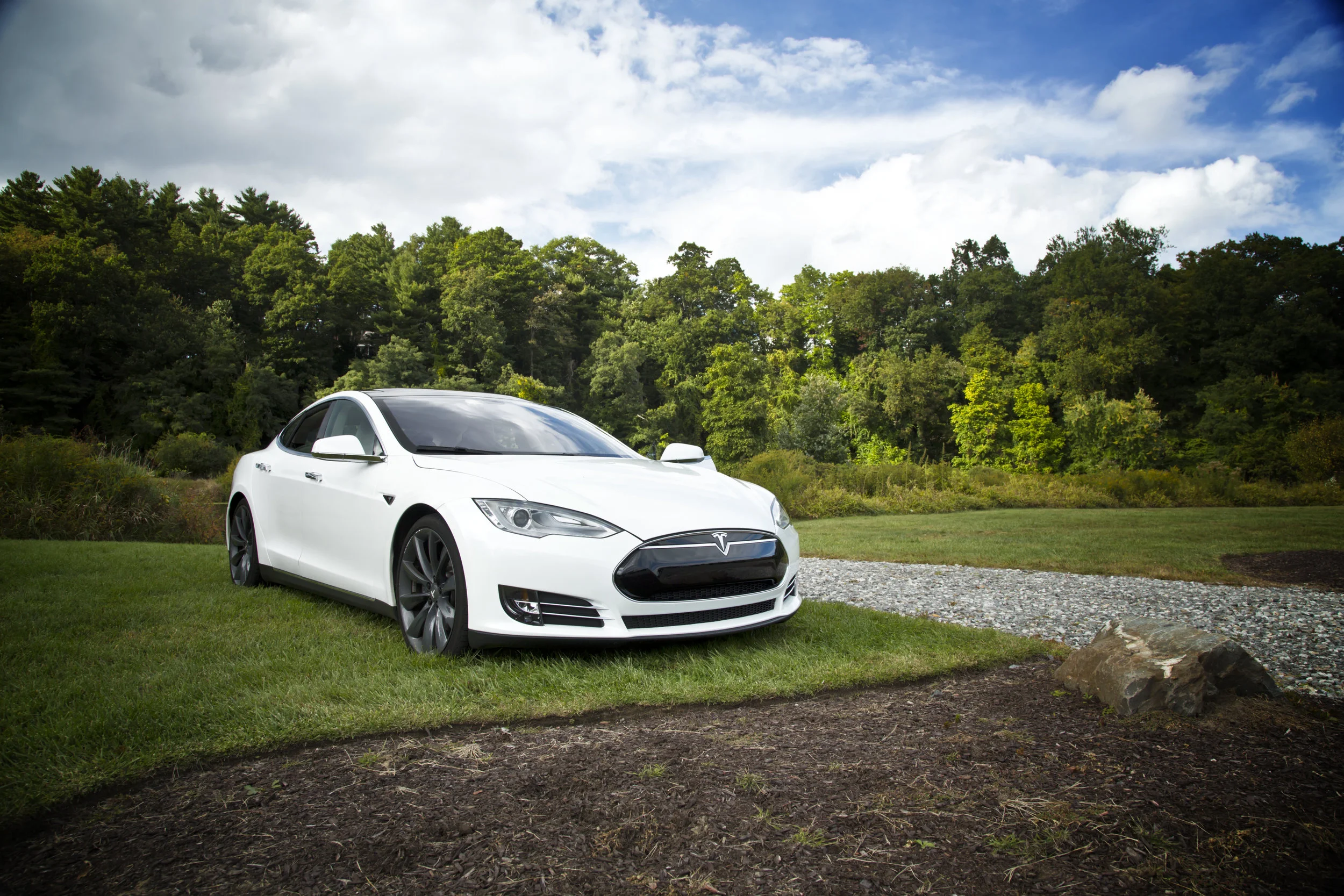

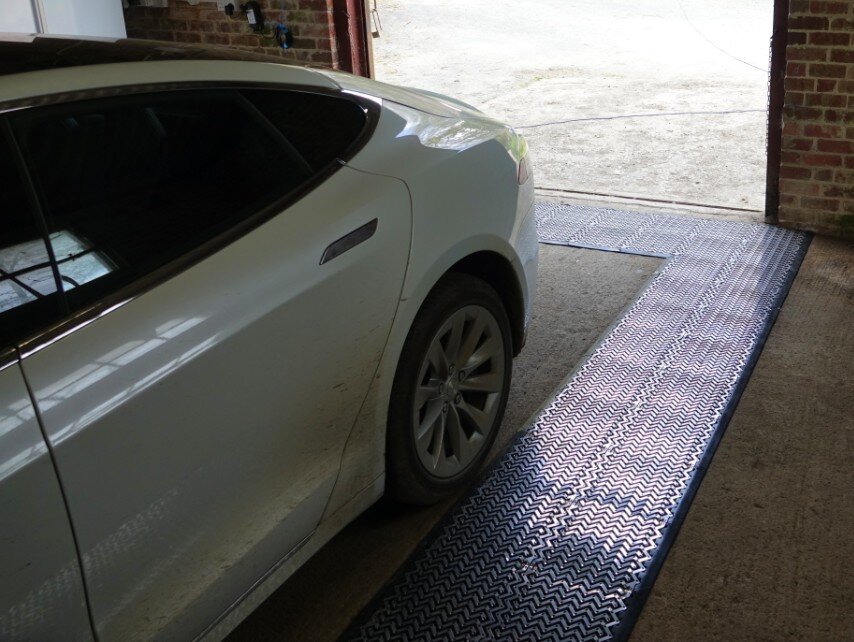
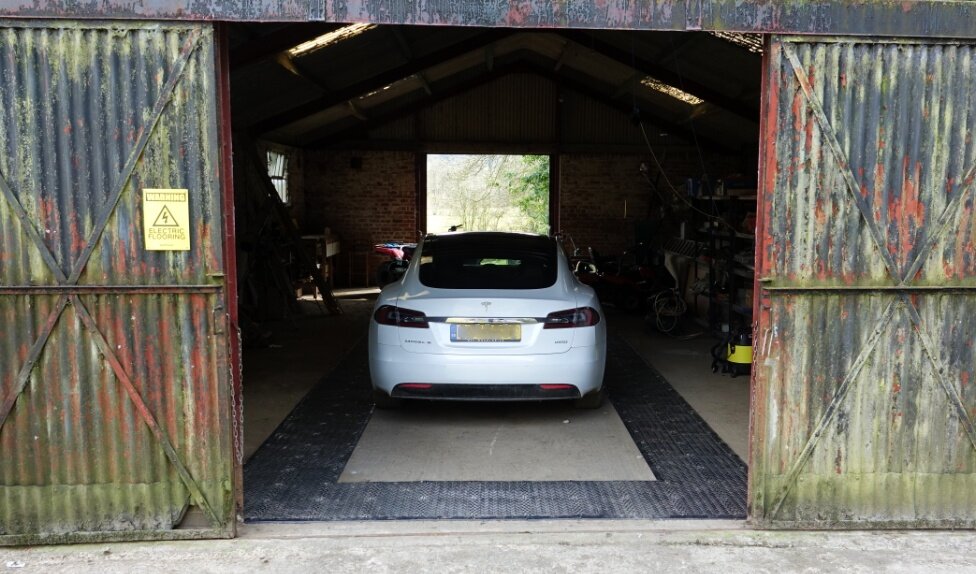
If you have just bought a new Tesla or Nissan Leaf you may well be wondering about how to prevent rodent damage to electric cars. Rats and mice are renowned for causing expensive damage and electric cars are no exception. In fact, for various reasons, rodent damage to electric cars may by more likely than petrol-engined cars. In addition, the damage may be more expensive to repair.
Electric cars are at high risk for damage by rats and mice because the company uses soya protein in the engine wires, as well as peanut oil as lubricant. Hence ‘Tesla Rat Problem’ is commonly searched for on Google. When the battery is charging it becomes warm, attracting rodents. In the pictures you can see a Tesla parked on the RatMat where it has been completely effective at keeping rodent damage at bay.
Rats teeth grow continuously throughout their lives so they need to be ground down otherwise they become unable to eat. Sometimes they wear down naturally whilst eating. If they have been eating soft food such as that left around by humans, they need to chew hard materials to wear their teeth down. Unfortunately this is where the rather expensive wiring in your new car comes in.
RatMat is the perfect solution to prevent damage to your electric car. Simply lay it on the floor of your garage or driveway, park on it and it will harmlessly repel rats for many years to come. The electrified surface will give a safe electric shock, like an electric fence, to any rodent that walks on it. Despite this, you can walk on it with shoes on and drive on and off without any problems. In tests, rats never took bait from the surface making it ideal when it comes to protecting your car from rodents. Visit our homepage to find out about purchasing.
“Dear Toby
A massive Thank you to you and the team at rat mat
After paying out over £15,000
To repair rodent damage to my model s I had to find a way to make sure it definitely would not happen again and now my wife has joined me in owning a Tesla we had to find a product that worked
After plenty of research and finding we were not the onlyelectric car owners to have there car damaged by rodents
The reason rodents like chewing on tesla cars is apparently the soya and oils Tesla use in there manufacturing process
So as you can guess we had to find a product that worked
And rat mat has definitely stoped our little furry friends wanting to feed on my car
Thanks again I will definitely recommend your products and your team”
Check out our amazing RatMat (Grid Guard in the US) Rat Repellent For Cars Review from Mousetrap Monday. Shawn Woods loved it, saying ‘In my opinion this is one of the best products out there for protecting your vehicle from rodent damage’.
There are three reasons that rats and mice might get into a car and they are all in order to survive. Shelter, food and warmth.
Shelter
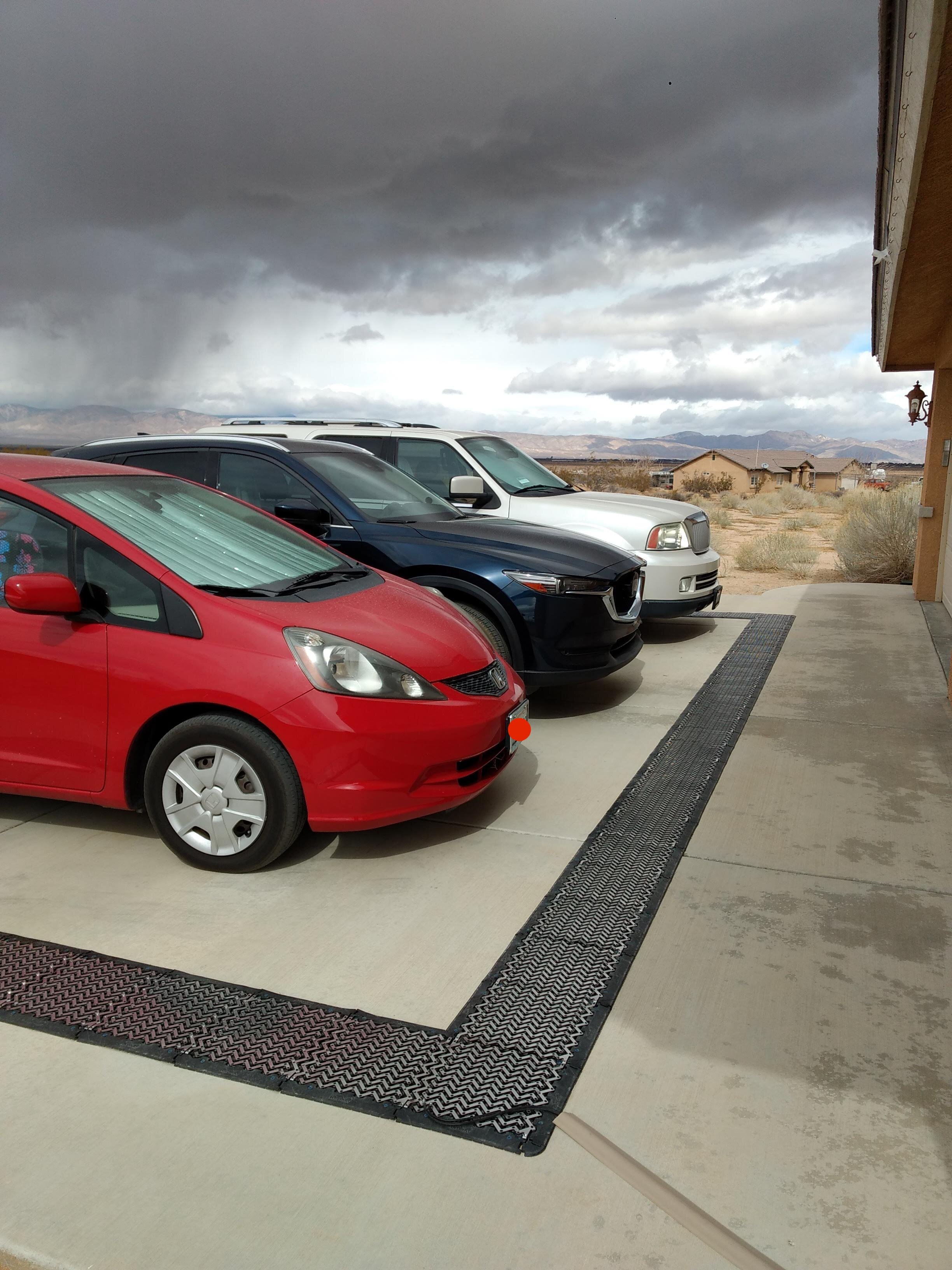
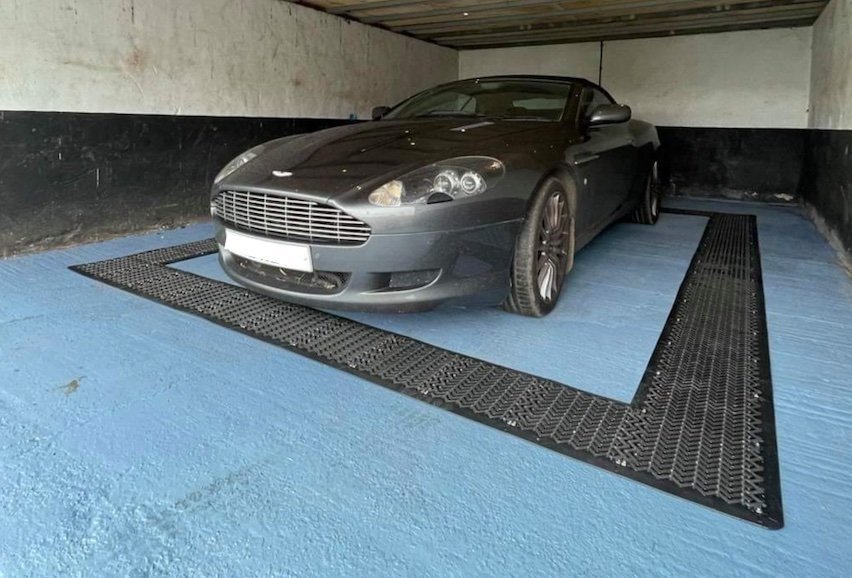









Rodents are fearful, vulnerable creatures and are frequently keen to find a secure place to make a nest. If you are on holiday for a couple of weeks you might come home to find a mouse's nest under the bonnet of your car. Warmth, dryness and physical protection all come from nesting in a car.
Food
Leaving crisp packets and half-eaten supermarket sandwiches in the foot-well of your car is a really bad idea. Rats and mice will be enticed by the smell and find a way in. Surprisingly many car manufacturers have been including soya in the insulation of the wires of their vehicles. This increases the appeal of the wiring and makes it even more likely to be eaten, leading to the Tesla rat problem.
Warmth
Rodents are keen to seek out warm places to nest to protect their babies from frost. This is where electric vehicles are particularly vulnerable to damage. Whilst the car battery is charging it warms up, some of them more than others. The rodents can sense this and will make every effort to get inside the car.
Due to the complex nature of the wiring in many electric cars it may be recommended that the entire loom is replaced in the case of rodent damage. This may be more expensive but also more reliable than localised repair. In a recent case a car owner had to wait months for a loom to arrive from Korea, leaving his car out of action for some time. If you have an electric car it is well worth investing in a RatMat to protect it.
How To Prevent Rodent Damage To Electric Cars - RatMat And Tesla Case Study - Tesla Rat Problem



